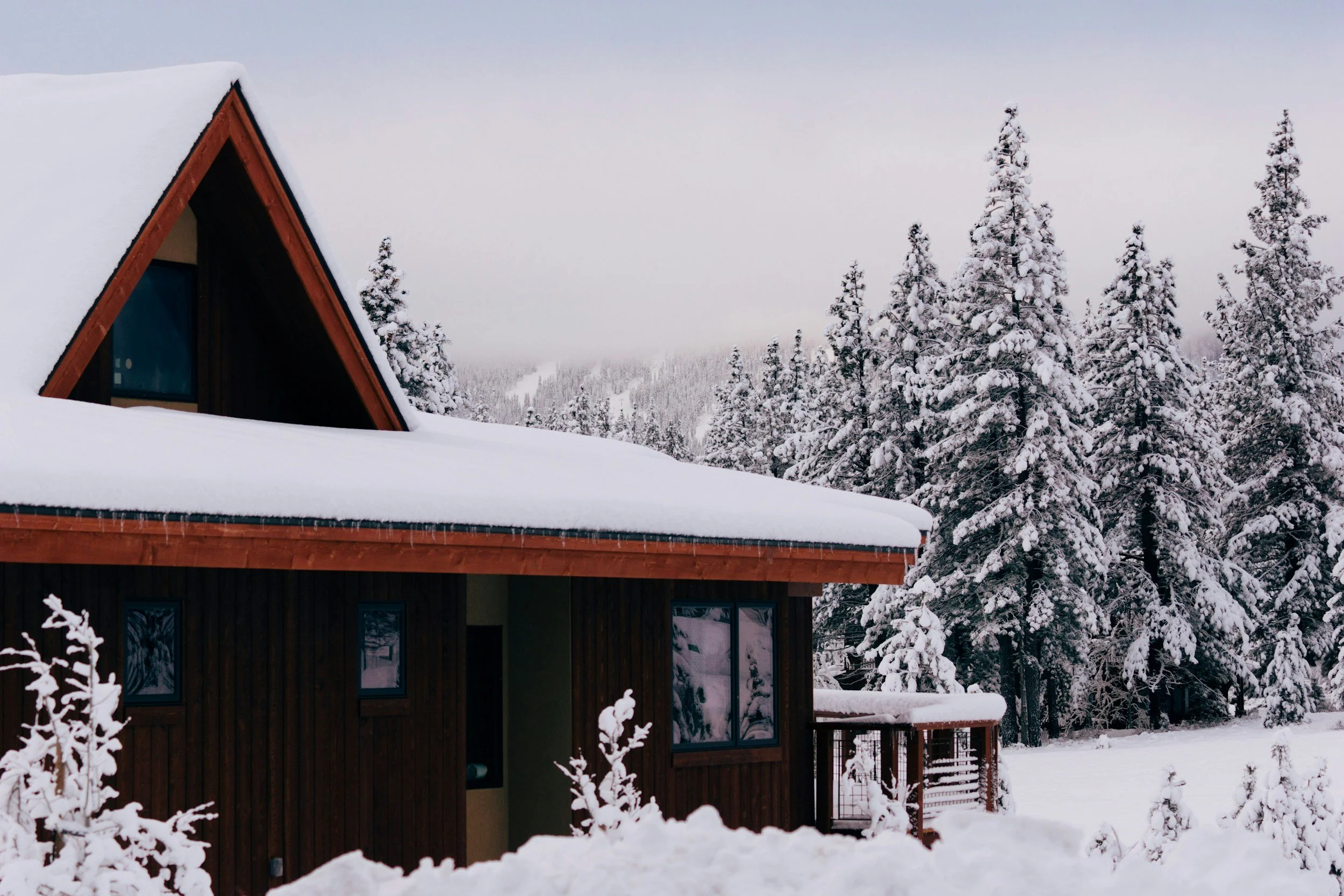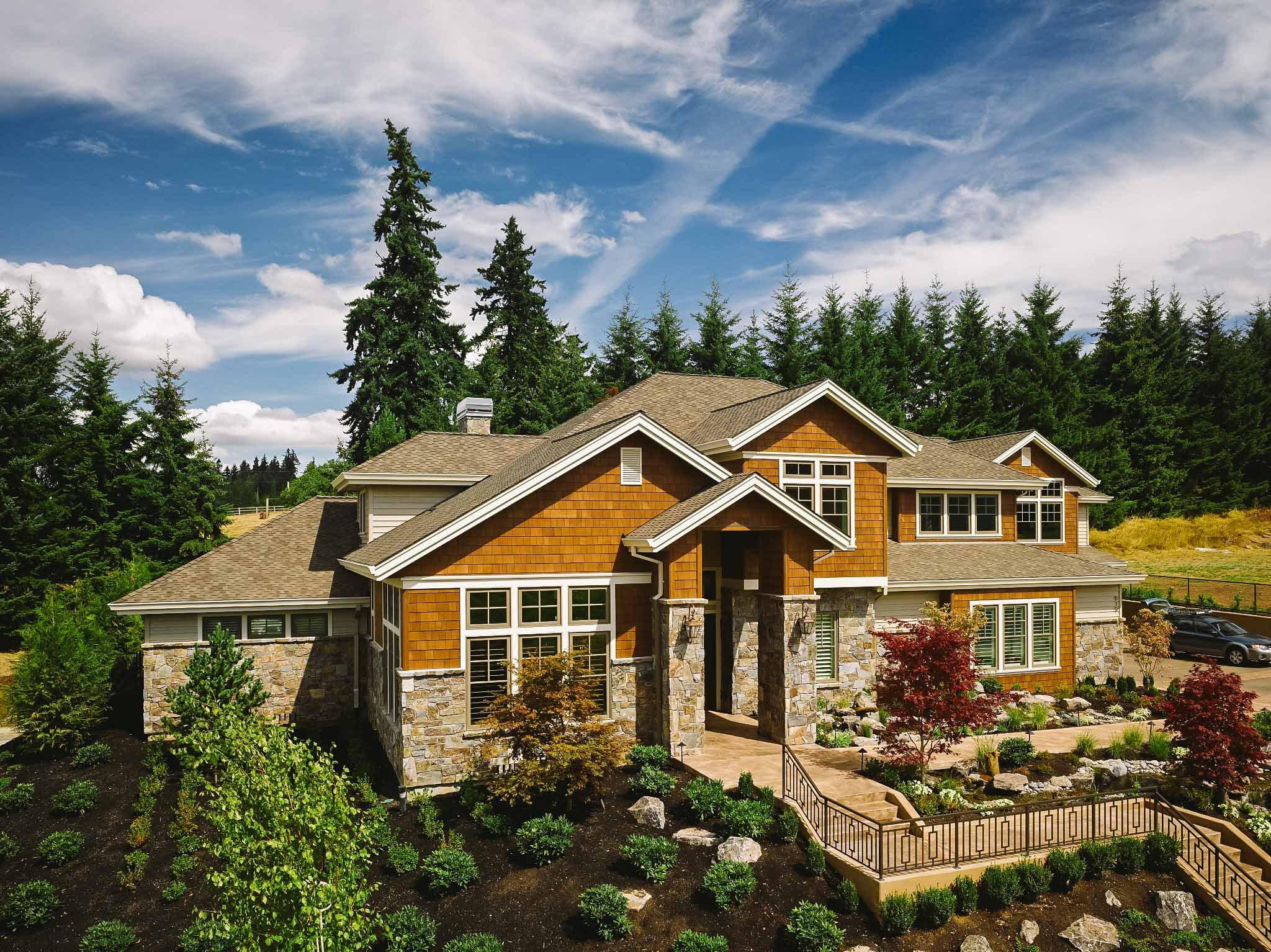
Residential Roofing Blog
4 Reasons Roofs Wear Faster In Park City
Read Time: 3 min
Nestled high in the Wasatch Mountains, Park City, Utah, is renowned for its stunning slopes, vibrant cultural scene, and picturesque landscapes. However, these same high elevations and dramatic seasonal changes that draw countless visitors each year also contribute to a unique set of challenges for local homeowners—especially when it comes to their roofs.
Roofing systems in high mountain areas must withstand more stress than those in moderate climates, often facing large temperature swings, heavy snowfall, intense sunlight, and strong winds.
Below, we explore why conditions in places like Park City can be especially demanding for roofs.

Extreme Temperature Fluctuations
High-altitude living means your roof faces huge temperature swings every 24 hours. In Park City, a sunny winter afternoon can feel mild, yet after sundown temperatures nosedives below freezing.
This rapid heating and cooling puts any roofing material under a high level of stress. As your roof surface warms, the materials on your roof expand and hours later as the temperature drops, they shrink. Multiply that push-and-pull cycle by thousands of days and the result is material fatigue.
Fasteners loosen, asphalt shingles develop fissures or begin to cup and left unchecked, these micro-failures spread, inviting leaks long before a roof reaches its advertised life span.
Extreme temperature fluctuations also lead to repeated freeze-thaw cycles. As the daytime sun melts accumulated snow, water sneaks into any hairline crack or gap created by thermal stress and when night temperatures crash, that trapped moisture turns to ice and expands, prying those openings even wider.
Over many cycles this process acts like a wedge, splitting shingles, getting behind poor details or lifting flashings until water can penetrate the underlayment, leading to roof failures.
Additionally, these freeze thaw cycles when mixed with inadequate roof insulation lead to the formation of ice dams that block drainage & force water to back up under your roofs surface material. The combined effect of repeated freeze-thaw action and ice damming can shorten a roof’s life dramatically and trigger costly repairs
Effects Of Extreme Temperature Fluctuations
Material Fatigue/Reduced Lifespan: Over time, continual expansion and contraction lead to fatigue in shingles, tiles, or metal panels, potentially causing cracks or warping.
Cracks and Gaps: As water refreezes, it can force small cracks in roofing materials to widen, gradually worsening existing damage.
Ice Dams: Blocked gutters or inadequate insulation can lead to ice dams—large accumulations of ice that prevent proper drainage and can cause significant water intrusion into the home

Heavy Snowfall and Accumulation
Structural Stress
High mountain areas like Park City receive a hefty amount of snow each winter. The weight of accumulated snow can place tremendous stress on a roof’s structural integrity.
Risk of Collapse: While rare, roofs that aren’t designed or properly maintained to handle substantial snow loads can suffer structural damage or, in extreme cases, collapse.
Ice Dam Formation: A blanket of snow combined with daytime warming and nighttime freezing can lead to ice dams, which trap water and encourage leaks.
Shoveling and Snow Removal
Although clearing snow from the roof can help prevent ice dams, doing so incorrectly introduces its own set of risks:
Potential for Damage: Shovels, rakes, or other tools can scrape or puncture shingles if not used carefully.
Safety Concerns: Climbing onto a snowy or icy roof poses a significant slip-and-fall risk for homeowners, highlighting the need for professional removal services.

Intense UV Radiation
Higher Elevation, Stronger Sun
At higher elevations, the atmosphere is thinner, which means less UV radiation is filtered out. This intensified sunlight can have several effects on roofing materials:
Premature Aging: UV rays break down the chemicals in asphalt, wood, or other roofing materials more quickly, leading to discoloration, brittleness, and a reduced lifespan.
Temperature Extremes: On a sunny winter day, roof surfaces may heat up significantly despite freezing ambient temperatures. The cycle of extreme heat followed by cold nights accelerates wear and tear.
Protective Coatings
Many modern roofing systems use UV-resistant materials or coatings to mitigate damage. However, continued exposure to strong mountain sunlight still shortens the lifespan of even the most robust roofing products.

Strong Winds and Storm Events
Mountain Weather Patterns
High alpine areas like Park City experience more volatile wind patterns than lower elevations. Rapidly changing weather fronts, combined with a mountainous topography, can lead to sudden gusts or intense storms.
Wind Uplift: Powerful winds can lift shingles or metal panels, especially if they are not properly secured.
Debris Damage: Flying branches or other debris can puncture or crack roofing materials, and repeated impacts weaken structural components over time.
Storm Preparedness
Preparing your roof for heavy winds and storms is crucial:
Secure Loose Components: Ensure flashing, gutters, and shingles are properly fastened.
Regular Inspections: Professional inspections after major storm events can help detect hidden damage early.
Conclusion
Roofing in high mountain areas like Park City, with its intense winters, powerful winds, and dramatic temperature swings, demands special attention and robust materials.
From the freeze-thaw cycle to heavy snow accumulation and strong UV radiation, mountain environments expose roofs to significant stress that can shorten their lifespan and increase the risk of leaks, structural damage, and costly repairs.
However, with the right combination of resilient materials, careful maintenance, and professional support, homeowners can protect their home and enjoy the beauty of mountain living without worrying about their roof’s performance.
Taking a proactive approach—selecting the right roofing system, insulating and ventilating properly, and scheduling routine inspections—helps ensure that your roof withstands the unique challenges of a mountain climate.
By acknowledging the particular vulnerabilities and implementing smart strategies, you can keep your roofing system strong and secure for years to come, despite the rigors of Park City’s high-elevation weather.
